The Comparison between Livestorm and Zoom
Advertisement
The way we connect online today has changed how we work, learn, and interact. Choosing the right platform can make the difference between a smooth, enjoyable experience and one that leaves you frustrated. Two big names you hear often are Livestorm and Zoom. While they might seem similar at first glance, they offer very different experiences once you take a closer look. Let’s walk through how they compare so you can pick what fits your needs best.
How Livestorm Works
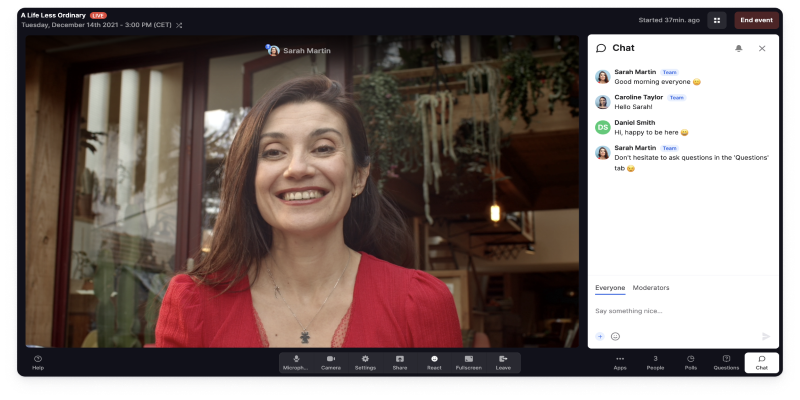
Livestorm was designed with events in mind. Webinars, live product demos, customer training – you name it. This platform focuses on creating polished sessions with strong registration tools, easy email invites, and clear analytics. Livestorm runs entirely in the browser. No downloads, no last-minute updates, no “please install this app” drama.
When you create an event with Livestorm, everything feels connected. You can build registration pages, send automated reminders, and even keep track of who attended and for how long. Plus, it's easy to manage interactions during the event with polls, Q&A, and live chats – all without leaving your session window.
How Zoom Works
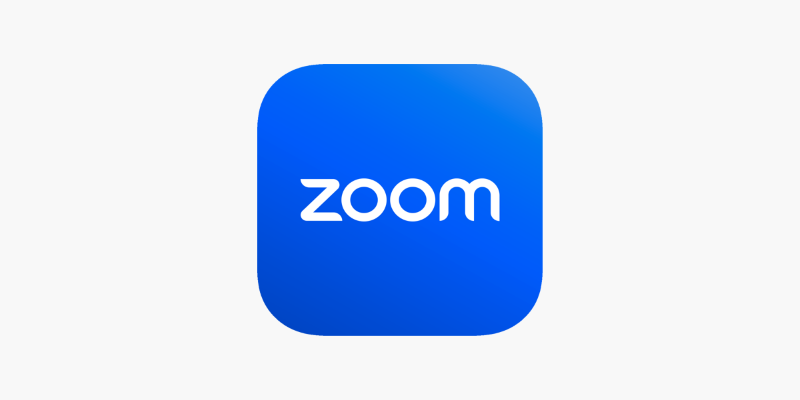
Zoom, on the other hand, became the go-to choice during a time when video meetings exploded. It's made for flexible communication, whether that's a one-on-one catch-up, a giant company-wide meeting, or a virtual conference with thousands of attendees. While it can host webinars, Zoom's real strength is in meetings, such as video calls, where everyone can participate freely.
Zoom does require an app download for the full experience, although browser access is possible with limited features. You get a lot of control with Zoom – breakout rooms, screen sharing, whiteboards, background filters – but it comes with a learning curve if you’re new to it.
The Comparison between Livestorm and Zoom
Comparing Ease of Use
Both platforms are simple once you know your way around, but they shine in different areas.
Livestorm wins when it comes to first-time users joining an event. Just click a link, and you're in. No software installations or complex setups. This makes it perfect for webinars where you expect attendees from different industries and tech skill levels.
Zoom leans slightly heavier at the start, mainly because you often need to install the app. But once you’re inside, everything is smooth. Controls are intuitive, and hosting a meeting or webinar becomes second nature quickly.
Registration and Invitations
Livestorm puts a strong focus on building your audience. It offers customizable registration pages, automated confirmation emails, and reminder sequences. You can even add your branding easily without needing design skills. If growing your audience is a goal, Livestorm gives you the tools you need right out of the box.
Zoom takes a different approach. While you can create registration forms for webinars, meetings usually don’t need any registration at all unless you turn that feature on. This is better for fast, casual meetups but doesn’t help much if you want to collect leads or manage event attendance tightly.
Interaction During Events
Keeping people engaged during an online session can be tough, but both platforms give you options. Livestorm keeps it simple and neat. During events, you can set up polls, take audience questions, and run live chats. Everything happens inside the browser window without breaking the flow. Hosts can even mark questions as answered, making it easy for others to see what’s been covered.
Zoom takes interaction further with more features. Polls and Q&A are available, but you also get breakout rooms, which allow participants to split into smaller groups for discussion. For longer or more collaborative events, this is a big plus.
Analytics and Reporting
Livestorm gives you clean, ready-to-use reports after your sessions. You can see who registered, who attended, how long they stayed, and what questions they asked. This data can help you refine future events and even target specific groups for follow-ups. Zoom offers attendance reports, too, but the depth depends on your plan level. For regular meetings, you might not get much beyond a list of names. For webinars, you get detailed reports, but they often need more manual digging compared to Livestorm’s automatic layout.
Video Quality and Reliability
When it comes to video and audio quality, both Livestorm and Zoom deliver steady performances. However, Zoom often handles larger groups better when it comes to maintaining smooth video streams. Its infrastructure is built to support high-capacity meetings without lag. Livestorm works best with audiences of up to a few hundred without a hitch. For very large sessions, it uses a webcast mode, which limits direct video interactions but keeps the session flowing smoothly. For mid-sized professional events, Livestorm shines.
Pricing
Cost matters, especially when you’re choosing software for the long term. Livestorm has a free plan that's quite generous for small webinars and a paid plan scale based on the number of live attendees. Their pricing is predictable, especially if you're running structured events and need reliable limits.
Zoom’s pricing can feel a little more layered. You pay for meetings, and if you want to host webinars or very large events, there’s an additional fee. Some features, like large meeting capacities or advanced analytics, are locked behind extra costs.
Integration with Other Tools
If you want your event platform to work well with your CRM, marketing software, or help desk, integrations matter. Livestorm offers native integrations with popular tools like HubSpot, Salesforce, and Zapier. It's clear that they expect you to pull webinar data straight into your marketing and sales workflows without any complex setup. Zoom integrates with a wide range of tools, too, but some integrations require add-ons or more advanced plans. It's very flexible if you're willing to put a little time into configuration.
Wrapping Things Up
Choosing between Livestorm and Zoom comes down to what you value most. Livestorm gives you a clean, easy way to run structured events with minimal setup. Zoom gives you flexibility for ongoing communication and collaboration. Both are strong choices, but the best one depends on whether your focus is delivering an event or building a conversation.
Advertisement
Related Articles

10 Ways To Automate Your Online Course Registration And Follow-Up

Discover Top 10 Todoist Automation Ideas to Assign and Manage Tasks Easily
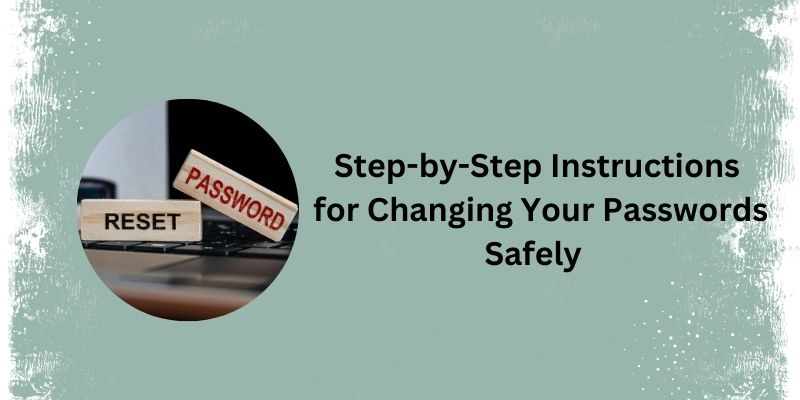
What Are the Steps to Change Your Password and Stay Safe?

Freshdesk vs Zendesk: Find Out Which is Better in 2025

Why Should You Use Buffer for Social Media?
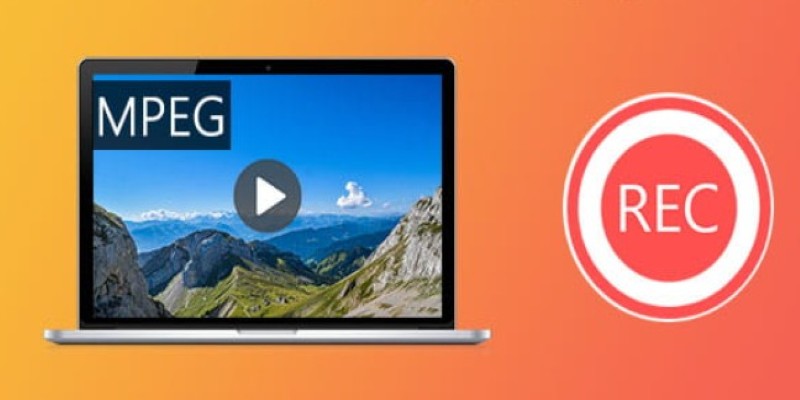
Top 8 MPEG Recorders for Computer Users – Simple and Reliable Choices
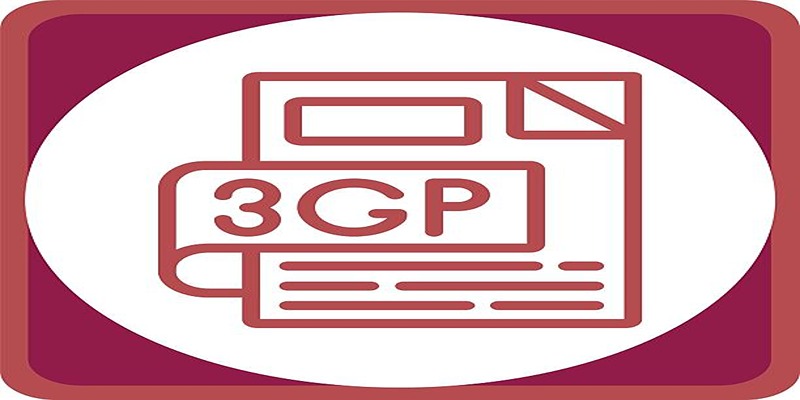
How to Combine Multiple 3GP Videos on Your Windows PC

How to Easily Export iMovie Projects as MP4 Files on Mac and iPhone

Everything You Need To Know About Trello Cards and Slack Messages

What Are the Best Google Docs Features to Improve Your Workflow and Save Time?
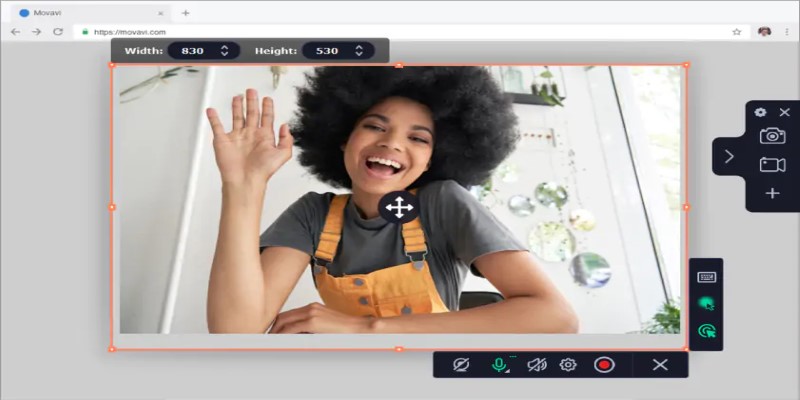
Free WMV Screen Recorders to Use on Your Computer

 novityinfo
novityinfo